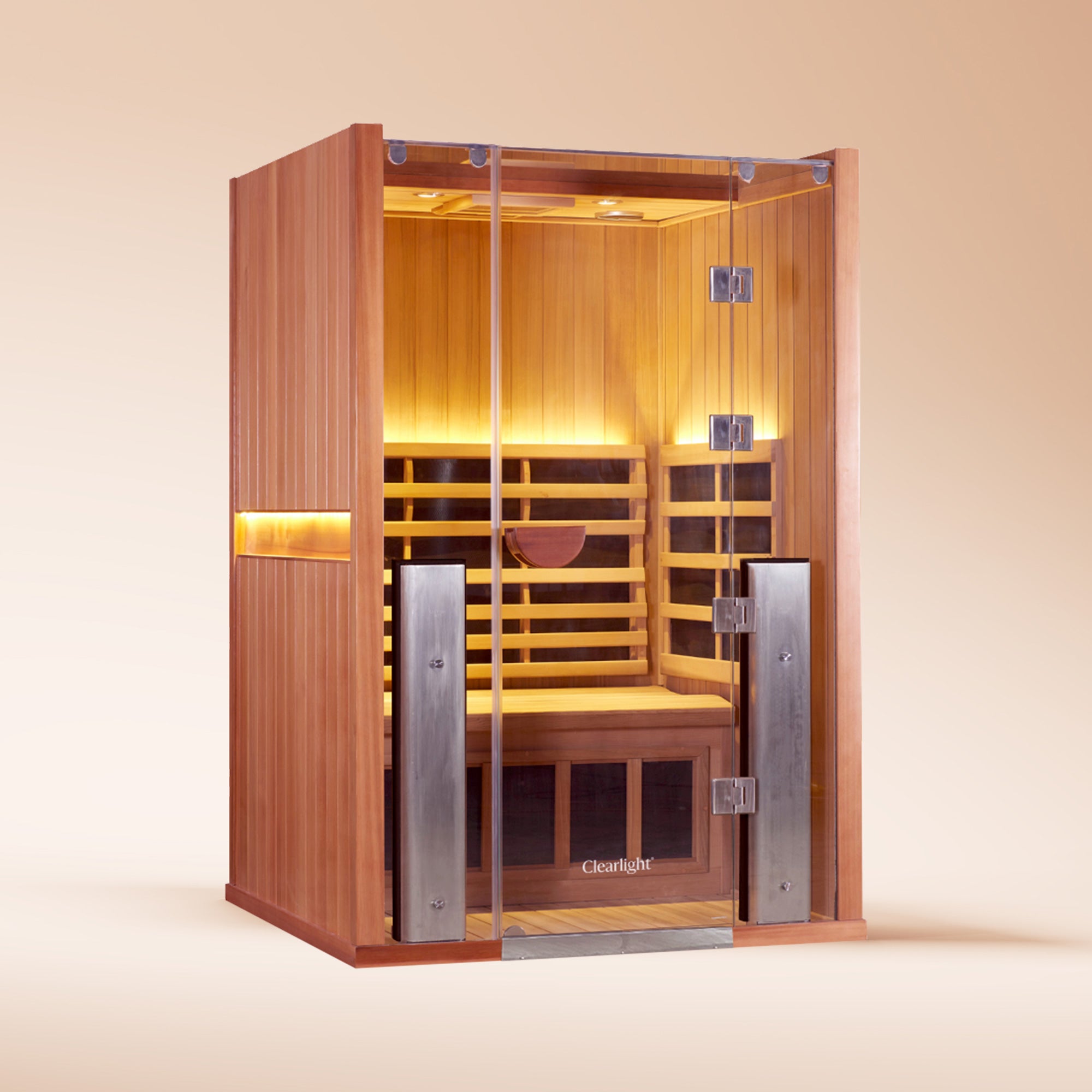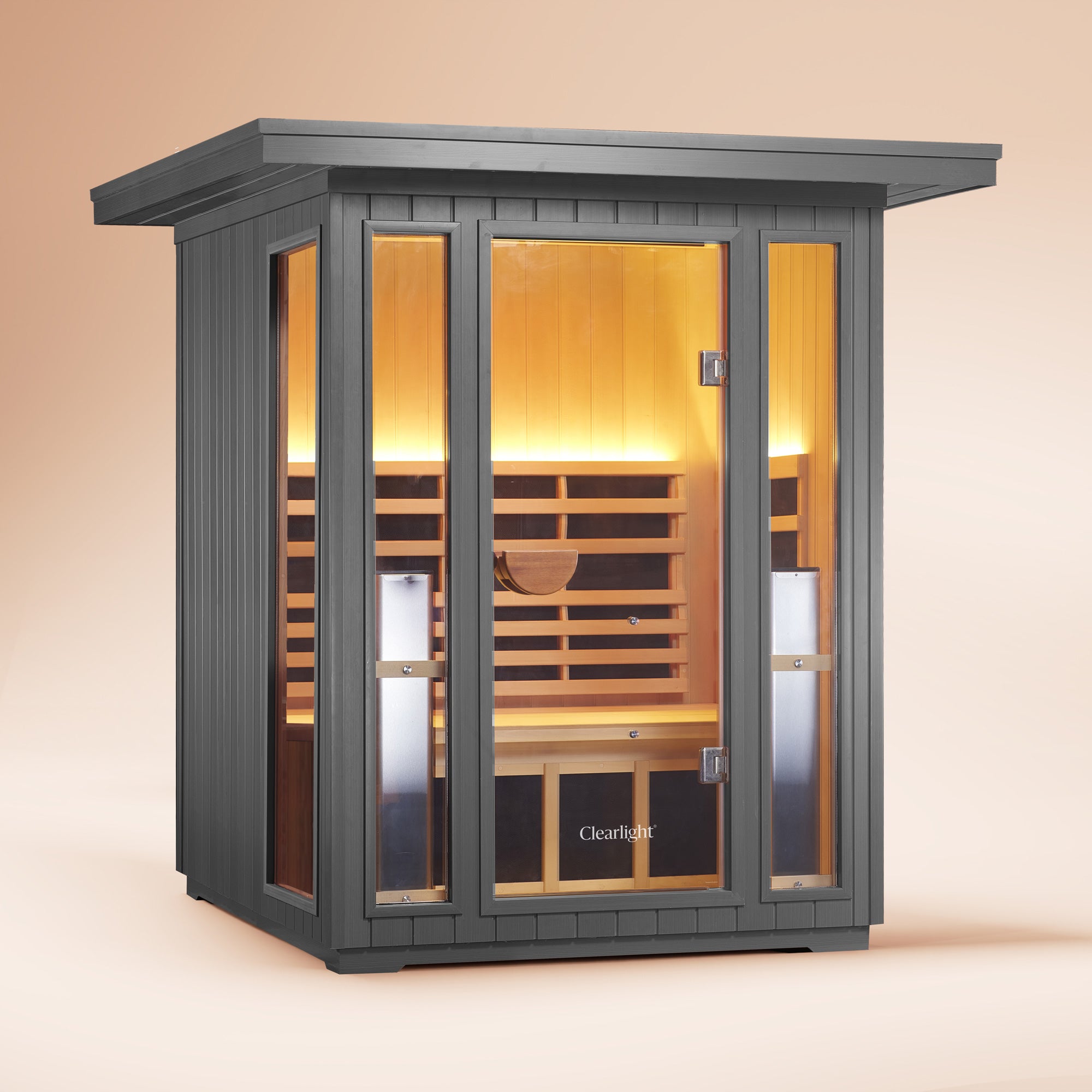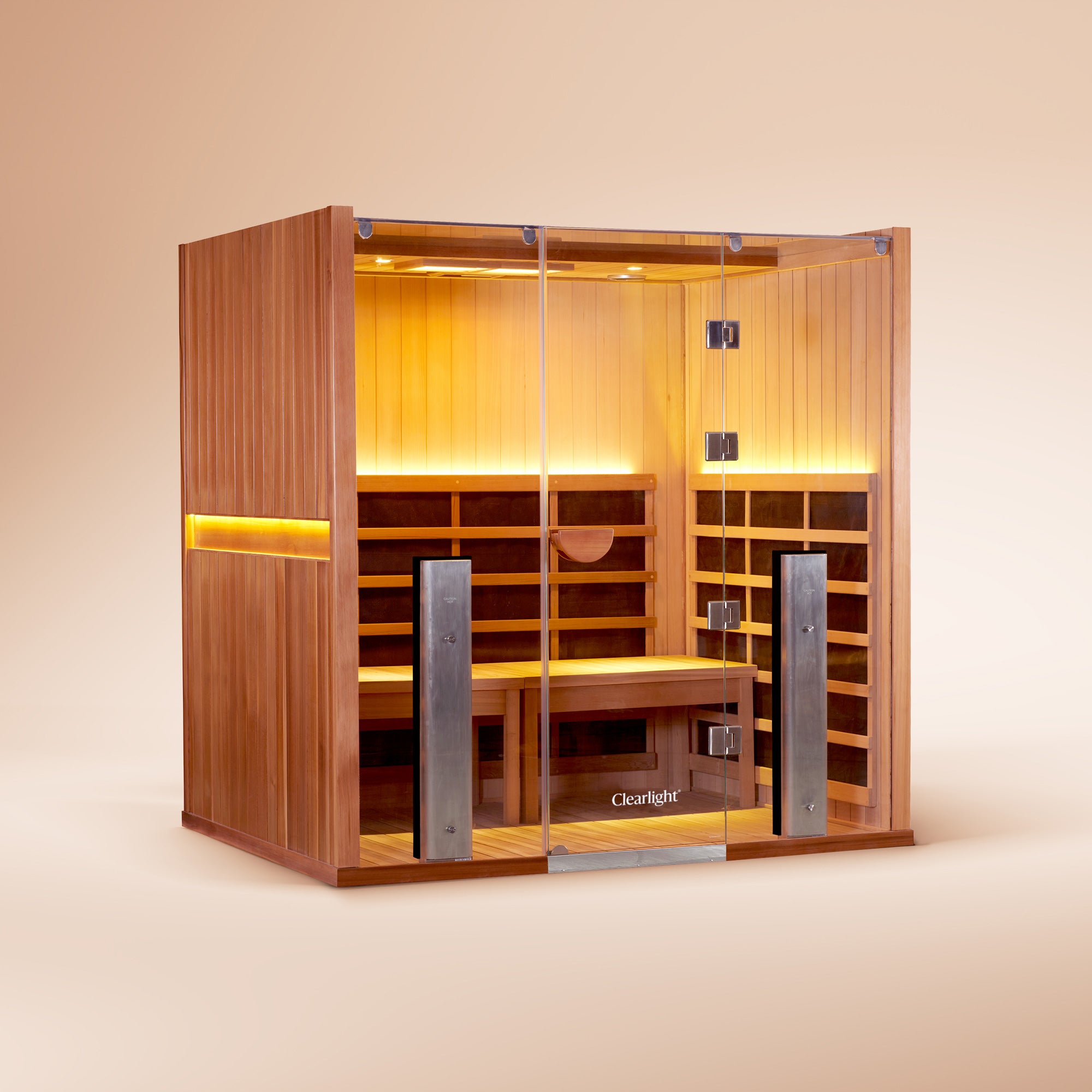Sometimes I’m asked “can I do infrared sauna with a new tattoo?” Well, if you’re spending £50-150 pounds for a small to medium-sized tattoo, and sometimes even more, you want to be assured of beautiful results.
What’s even more important is that the tattoo stays on your skin semi-forever, so, you’ll want the outcome to be as perfect as possible. Therefore, in this blog post, I consider the question of whether “will an infrared sauna affect a new tattoo?”
Let’s first start with an introduction though - you'll have to understand the basics of what happens physiologically in your body after a tattoo to later understand the effects of using an infrared sauna. So let's explore those basics first:
Introduction: What A New Tattoo Does To Your Skin And Health
To understand how an infrared sauna affects a new tattoo specifically and your health in general, I must first introduce you to what happens after you get a new tattoo. In other words, you’ll need to understand the biological physiology of what happens after a tattoo…
So here’s a crash course:
Fortunately, there’s lots of high-quality science available on what happens after you set a tattoo (1; 2; 3; 4; 5; 6). I will also state that I won’t go into the long-term medical consequences of tattoos. Some of these consequences exist but there’s no reason to give value judgments because of the goal of this blog post.
Now, what’s important is that light does interact with tattoos. Lasers, which emit light, are commonly used to remove tattoos for instance. And, infrared saunas also emit a form of light that’s - as the name already implies - “infrared”. That infrared light, in this case, is both light and internally heating up your cells.
Also, if you expose your tattoo to “ultraviolet light” - the light that can give you a sunburn - then the tattoo will also fade over time. Even during the first few months, for that reason, it’s smart not to expose your tattoo to too much sunlight.
So, scientists know that light affects the looks of a tattoo, the question is only “how much” and whether infrared light also has an influence.
Now here's the most important fact to keep in mind for this blog post:
After getting a tattoo, your skin is healing. A new tattoo is very traumatic for your skin in the same way that a wound is. You don’t suffer from either low levels of pain to extreme pain for nothing when getting a new tattoo. That pain is an indication that damage is being done to the skin.
As a result, your skin needs quite a lot of healing after you get a new tattoo. There’s more though, the wound is not just mechanical but because of tattoo ink, many potential toxins are involved. One very good review sums these toxins up:
“These could pose toxicological risks to human health, if present beyond permissible limits. PAH such as Benzo(a)pyrene is present in carbon black ink. PAAs could be formed inside the skin as a result of reductive cleavage of organic azo dyes. They are reported to be highly carcinogenic by environmental protection agencies. Heavy metals, namely, cadmium, lead, mercury, antimony, beryllium, and arsenic are responsible for cancer, neurodegenerative diseases, cardiovascular, gastrointestinal, lungs, kidneys, liver, endocrine, and bone diseases. Mercury, cobalt sulphate, other soluble cobalt salts, and carbon black are in Group 2B, which means they may cause cancer in humans. Cadmium and compounds of cadmium, on the other hand, are in Group 1 (carcinogenic to humans).“ (7)
I’m not hereby saying you shouldn’t take a tattoo - many people expose themselves to toxins on a daily basis because of activities that make them happy. For instance, many people drink alcohol in society even though they know about the potential negative health consequences.
So, instead, you and I just need to be aware of the consequences and make informed health decisions. These toxins, such as heavy metals, are a further insult to your skin, thereby requiring your skin more time to heal.
The consequence?
Don't enter a sauna with a new tattoo! And, how long will recovery take until you can use a sauna? Let's explore that dynamic in the next section:











Benefits of Vibrational Resonance Therapy
Should You Sauna Before Golf?